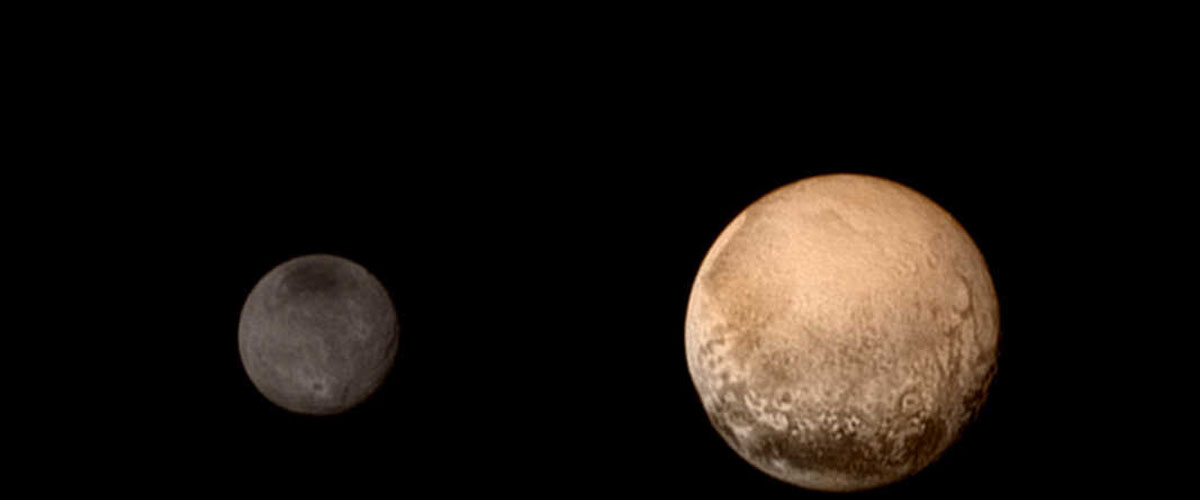During the Annual Meeting of the Division of Planetary Sciences of the American Astronomical Society, the scientists from the Southwest Research Institute, USA highlighted that Pluto’s atmosphere is slowing thining away, as it is distancing from the Sun.
They believe that the main reason behind this fading is that the gases that surround Pluto, like nitrogen, methane, and carbon monoxide are gradually turning into ice as the plant moves farther away from the Sun, and the temperature drops, thus causing the atmosphere to disappear.
To make these observations, the team used a method known as an occultation, in which a distant star is used as a backlight for telescopes to observe changes. It is a pretty old and tested technique of astronomy.
Researcher Eliot Young said that on a NASA unmanned space mission, New Horizons, in 2015, a density profile was obtained from its flyby of Pluto’s atmosphere.
This research confirmed that Pluto’s massive atmosphere doubles every decade. However, Eliot Young claimed that the study done by scientists at the Southwest Research Institute shows otherwise.
The team of astronomers in the year 2018 have deployed several telescopes around numerous parts of the USA and Mexico to observe Pluto’s atmosphere. and by using event occultation, they measured the dimming of the atmosphere of Pluto and gathered evidence of it being disappearing by re-freezing to the surface. Dr. Yound said that “The central flash seen in 2018 was by far the strongest that anyone has ever seen in a Pluto occultation. The central flash gives us very accurate knowledge of Pluto’s shadow path on the Earth.”
To know why it is happening, it is important to understand that Pluto takes 248 Earth years to make an orbit around the Sun, and since the distance between the two is increasing, it left Pluto with less sunlight and thus its temperature is falling, leading to what is known as thermal inertia.
“An analogy for this is the way the sun heats the sand on a beach,” explained researcher Leslie Young. “Sunlight is strongest at noon, but the sand continues to absorb heat throughout the afternoon, so it is warmer in the late afternoon.”
Last year Ko Arimatsu of Kyoto University in Japan along with his colleagues observed that atmospheric pressure appears to have decreased by more than 20 percent since 2016.
These observations suggest that the ice deposits on Pluto were kept warm by the planet’s inner heat, which is now cooling down.
The data obtained from these observations can help atmospheric modelers to not only improve their understanding of Pluto’s subsurface layers but also about its compositions, concerning heat transfer.
















Add comment